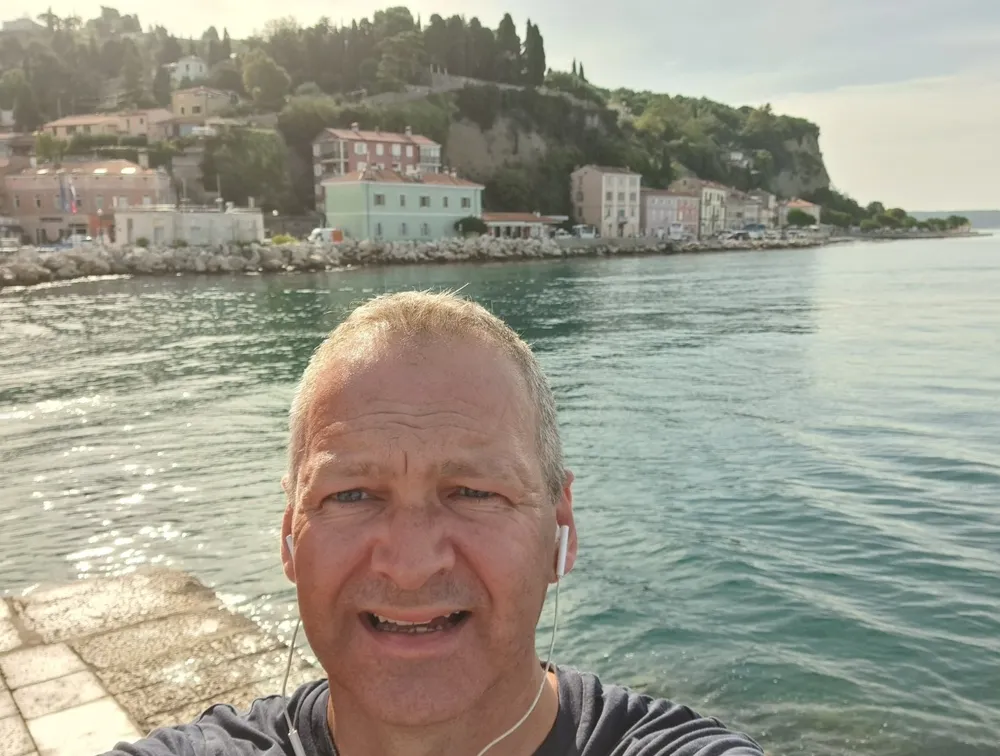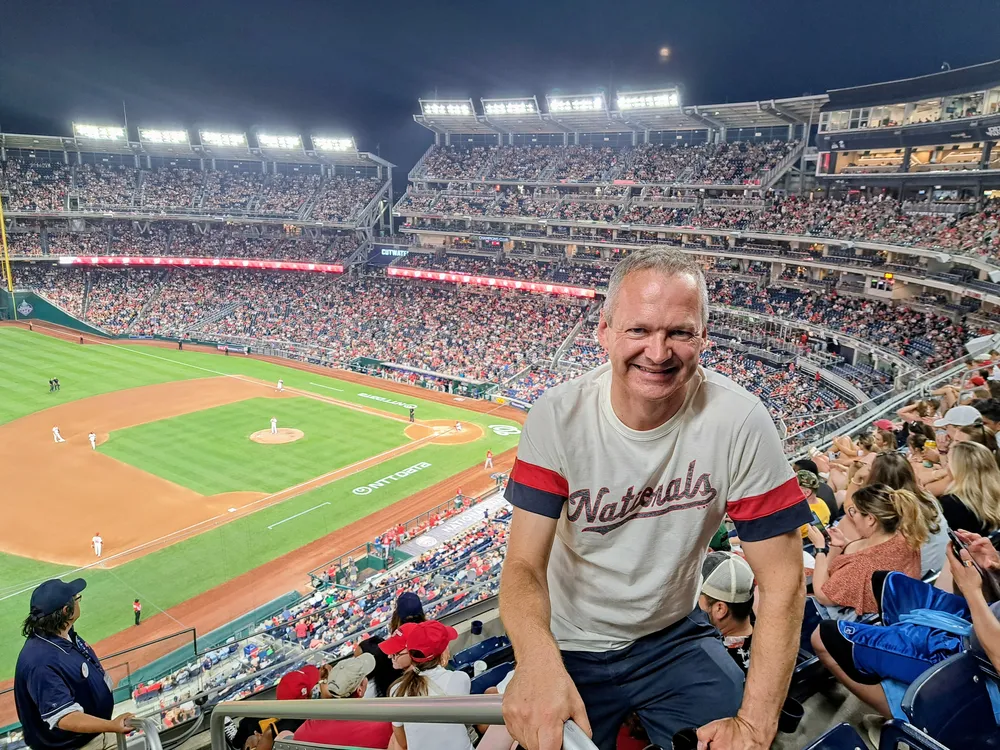I know I’ve had an impact at a local level too – the feedback I get after my talks is really positive, and many front-line practitioners say that they are amending the way they do things based on my recommendations.
The first national policy opportunity for change is the Violence Against Women and Girl’s Strategy, due to be published in the autumn. I’m hopeful that some of my recommendations will make it in – but either way, I’ll keep pushing.
So, what’s next? The Churchill Fellowship has kindly given me a post-learning grant to present my findings at the European Domestic Violence Conference in Barcelona in September, and I’ve just heard that I’ve secured PhD funding to continue my research at an academic level for the next three years.
I realise I’ve yet to mention my Fellowship topic – how to reduce domestic abuse related suicides. That was accidental to start with, but I don’t feel the need to correct it, because this blog isn’t about my topic. It’s about the fact that while the travel may seem to be the most exciting part of the Fellowship, the years after you return home is actually where the power of the Churchill Fellowship can kick in – and where all the magic can happen.
If you’re just starting your Churchill Fellowship journey, I’d say this: the best might still be to come.











